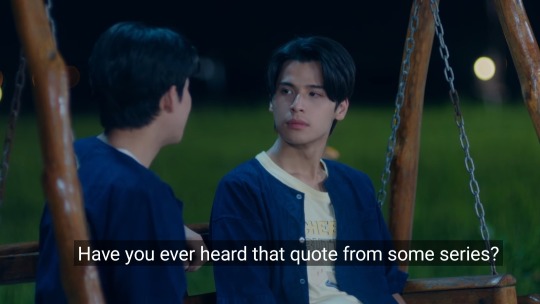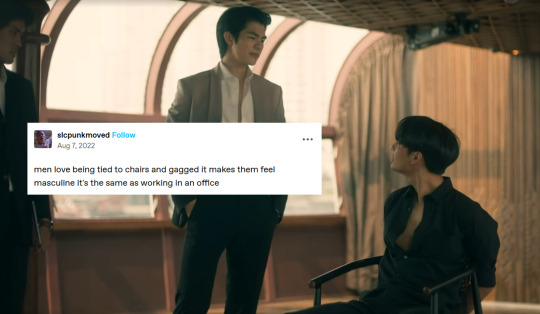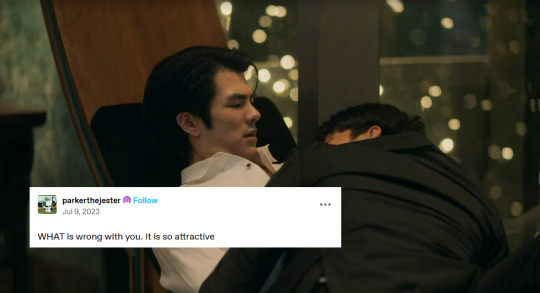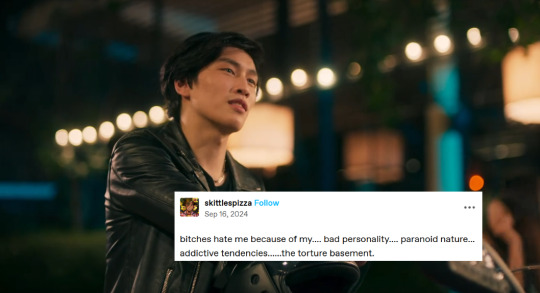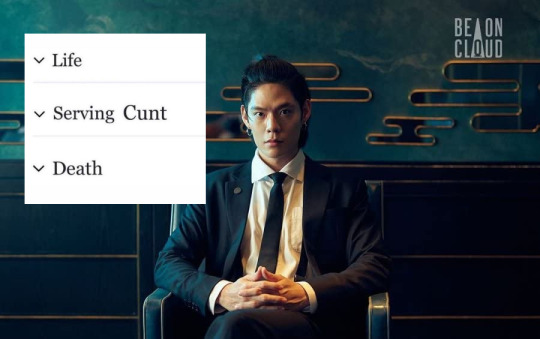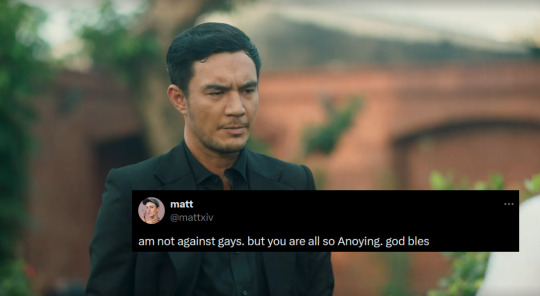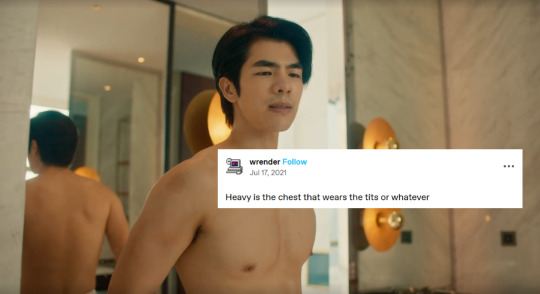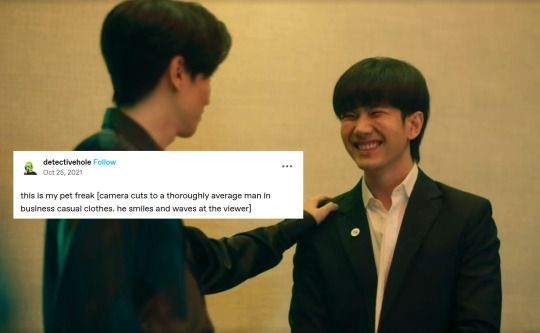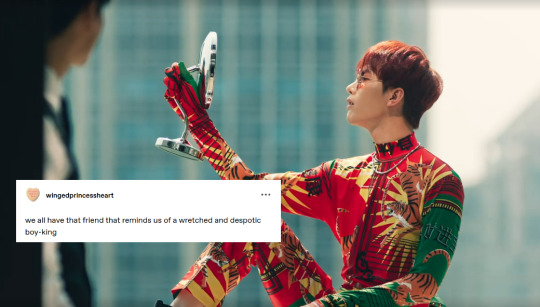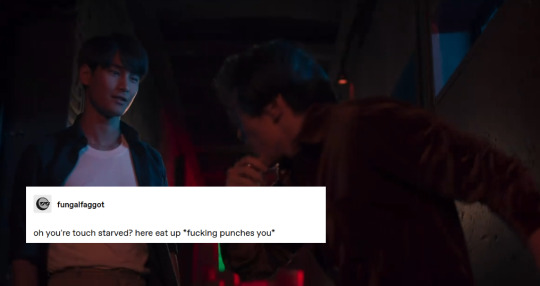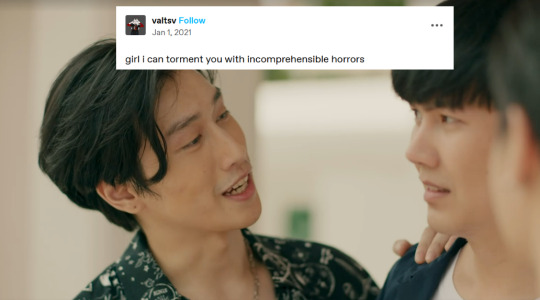ranchthoughts
2K posts
sideblog//my thoughts//cataloguing the gmmtv multiverse//tracking the gmmtv kissing charts
Last active 2 hours ago
Don't wanna be here? Send us removal request.
Text





#i think this is the first time i've seen gawin kiss a woman 😂😂💀💀#<- prev tags#well he's not listed as ever kissing a woman in my data 😂#kissing multiverse#gmmtv kissing multiverse
63 notes
·
View notes
Text
something i was thinking about while thinking about bad buddy (as usual) is that pat realizes pran is into guys in episode 2 and that changes absolutely nothing about their dynamic. i know it's not fully stated (as many things aren't in bad buddy and i love this show for that), but it's heavily implied that pat assumes so when he teases pran about coming to the rooftop despite knowing there was a guy waiting for him there. the whole scene of pat kissing the note with the male pronouns and the look he gives pran when he walks away says it all. he also assumes pran has a crush on wai when he starts realising he's feeling jealous of him. doesn't even question wether wai or himself being a guy could be an issue.
and while i know homophobia doesn't exist in bad buddy, we know heteronormativity does. so up until that moment pat probably thought pran was straight, he'd have assumed he'd be into girls. they even competed for girls' attention when they were children. to now find out pran is into guys (maybe not exclusively, at least as far as he knows, but still) could change their dynamic a little considering how pat was raised, it could lead him to consider pran less manly, or to even suspect that pran actually has a crush on him (in this case it'd be true, but like it's the classic assumption straight people make when they find out their friends are queer). pat doesn't even hesitate. he still treats pran the same exact way. he doesn't make connections between him being all neat and clean and organized and good at house chores to him being gay/feminine. he never saw pran as anything different than his rival, equal to him in all things. even if pran had eventually dated a guy, it would have changed nothing between them. if anything, it would have just made pat realise he liked him back way sooner, as he'd have gotten super jealous about it 😜
60 notes
·
View notes
Text




"What if I wait until you change your mind?" "There's no way. Please stop."
Love for Love's Sake (2024) dir. Kim Kyun Ah Episode 5 - "Relationship"

193 notes
·
View notes
Text
two bros just exchanged the worlds softest and most sensual fist bump
13K notes
·
View notes
Text
Shout out to "i wanna socialize with my Internet friends but I don't have anything to talk about", gotta be one of my least favorite predicaments
37K notes
·
View notes
Photo
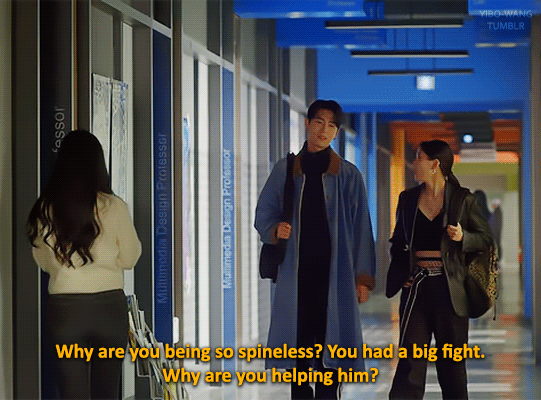
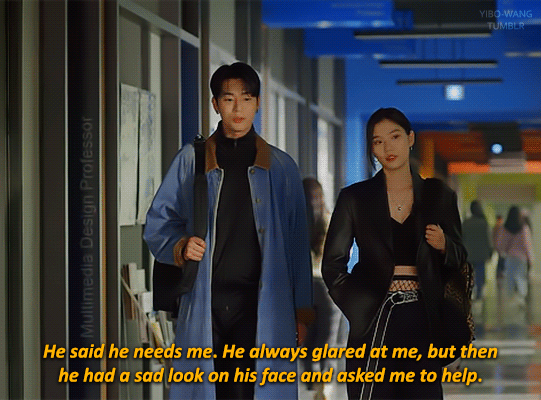

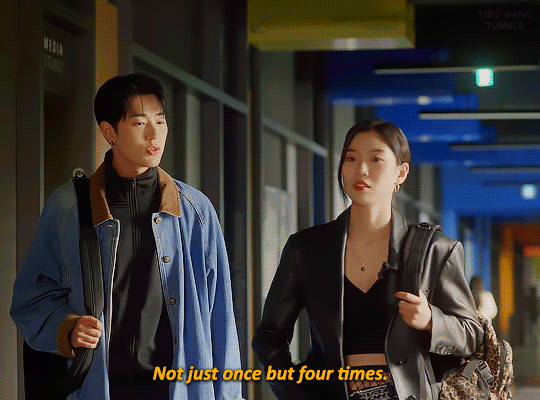
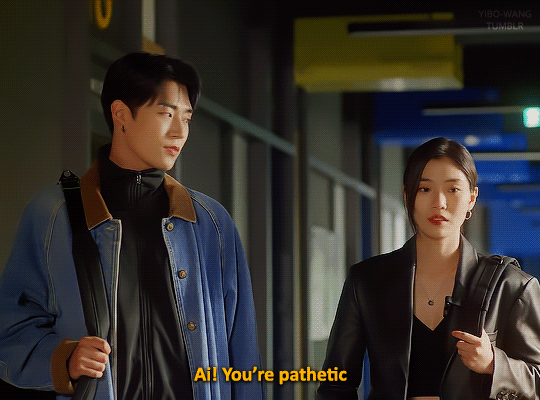
hyung’s the magic word
SEMANTIC ERROR THE MOVIE (2022)
3K notes
·
View notes
Text
wake up babe new @/puzzlevision tweet just dropped (22489 words) by onetacoes
"Make like, a twitter account to talk about how much you love Bachira and leave me alone," Chigiri jokes one day. "I can only listen to so many rants about his thighs before I go insane." A few hours later, Isagi is typing out 'puzzlevision' on a Create New Account screen. Surely this can only go well. (or: isagi creates a twitter account to gush about his boyfriend, gains popularity and reveals his relationship to the world. mostly in that order and mostly accidentally.)
bachisagi social media fic!! it's finally here <3
56 notes
·
View notes
Text
wake up babe new @/puzzlevision tweet just dropped (22489 words) by onetacoes
"Make like, a twitter account to talk about how much you love Bachira and leave me alone," Chigiri jokes one day. "I can only listen to so many rants about his thighs before I go insane." A few hours later, Isagi is typing out 'puzzlevision' on a Create New Account screen. Surely this can only go well. (or: isagi creates a twitter account to gush about his boyfriend, gains popularity and reveals his relationship to the world. mostly in that order and mostly accidentally.)
bachisagi social media fic!! it's finally here <3
56 notes
·
View notes
Text
The Eighth Sense Meta/Analysis Masterpost
More details here
@aliceisathome
The Eighth Sense DELIVERED baby.
@bengiyo
I’ve been thinking about The Eighth Sense almost nonstop since I finally watched the first two episodes yesterday.
@candygalaxyyy
It’s 4 AM for me rn, I should probably go to bed because my sleeping schedule is a mess… but I’m dead set on understanding the timeline for the eighth sense.
@colourme-feral
Just thinking about how friendships are portrayed in The Eighth Sense and how you often stumble into a friendship with no idea about how it will end up being.
@chicademartinica
A little post for @cupcakeeditor and the anon who asked me to elaborate on fatphobia, body dysmorphia and ED in The Eighth Sense
@dekaydk
The Eighth Sense
@eighthsensed
some thoughts on jaewon's therapy scenes
@emotionallychargedtowel
Following up on my post about episodes 5 and 6, here are my thoughts on the mental health side of episodes 7 and 8 of The Eighth Sense.
The Eighth Sense episodes 9 and 10: All we can do is try
@ginnymoonbeam
Was chatting with friends about The Eighth Sense and what we expect from the ending, which got me onto a broader ramble about genre and expectations.
I've been enjoying reading theories and analyses of The Eighth Sense ep 6 from lots of different perspectives.
@hanjiwoos
Was episode 6 real?
@heretherebedork
Until or unless JaeWon is ready to take a step towards healing, no amount of JiHyun wanting to heal his wounds or save him will do anything.
All I can think about it how we saw Uea realize that he still had hope and could still grow and heal because he was so supported by King and Jade and his aunt and his sister and the people around him and how JaeWon, in contrast, is struggling more because he doesn't have any kind of support system outside of JiHyun and his psychiatrist because two of his friends just want him to stay exactly as he was and any change on his part is met with mocking and aggression.
My Nightmare Ending for The 8th Sense.
JaeWon is trying to convince himself, in his heart, that he doesn't have a chance or a future.
JiHyun desperately trying to avoid being flirted with by a girl while his friend keeps encouraging him to be more romantic and JiHyun is just... quietly thinking about JeaWon, thinking about the bus, thinking about the trip, struggling to come to terms with not with his feelings but the sudden space from JaeWon.
@hvenart
While I personally don’t like hand-held camera work in shows, I think it works really well in the eighth sense.
@imminentinertia
I may have some feelings and possibly some actual thoughts about Hedwig and the Angry Inch's appearance in The Eighth Sense.
Today's the day when everyone is required to add their thoughts on The Eighth Sense ep. 6, yes?
iguessitsjustme
It’s been a few weeks since I binged The Eighth Sense and I have some thoughts now that I’ve processed the whole show.
@indigostarfire
A very long post of me rambling so I could connect the dots and map out the factors that led Jae Won to shift out of his deep depression and isolation from Ji Hyun.
@jemmo
ive been thinking a lot about age in the eighth sense, in terms of age gap and the roles of hyung and sunbae and dongsaeng and the behaviours they entail, and the label of the country mouse, and how, with the events of the end of ep 6, they are paralleling jihyun against jaewon’s younger brother with the accident and how I think there’s a crux at the heart of this that is jaewon needing to see jihyun as not his younger brother.
ive had this ramble bubbling under the surface since watching the first 2 eps of t8s, but talking to @heesulovebot and @bengiyo ‘s posts have finally managed to organise my thoughts, about why this feels so queer and un-bl, and i think it’s because, even though unspoken, the characters recognise this as queer too.
ive just been lying in bed, thinking about the eighth sense, this whole morning, trying to figure out and put together my thoughts and my conclusion is I just can’t do it.
@lurkingshan
On Jae Won and Pran
Am I the only one that did not interpret episode 6 as a straightforward continuation of the narrative?
@maxescheibechlinichacheli
The eighth sense doesn't feel like a normal korean bl.
@mikuni14
Little thoughts about JaeWon :)
@mineonmain
Who’s the Antagonist in The Eighth Sense?
@piganatur
actually what jaewon said in the photography shop cut x1000000 times deeper than the english translation of it
@ranchthoughts
The Eighth Sense has this way of filming where the background of shots are SO hazy and out of focus, and I love it
@respectthepetty
What is tradition?
All's Fair in Love
thoughts on the eighth sense finale?
@shortpplfedup
I think it's important to understand than Eun Ji doesn't even like Jae Won.
@suckteeth
At first, I was just happy my favourite director got name-dropped in the show, but then I got to wondering why this particular movie was chosen, so here are my (rough) two cents on it!
@talistheintrovert
OKAY. let's clarify some stuff for people who are confused: the entire episode is not a dream sequence.
there's something so inherently queer in the way The Eighth Sense is being acted and ESPECIALLY in the way it's being filmed, and the cinematography and editing choices that keep taking my goddamn breath away.
@the-conversation-pod
Summer 2023 Ep 2 - The Eighth Sense
@toastofthetrashfire
Queer and Crip Temporality in the Eighth Sense and Giovanni's Room
@trilliastra
jaewon is traumatized to the moon and back, he's mentally ill, father is an asshole, friends are even worse.
@usertoxicyaoi
no bc. like. the eighth sense is getting EVERYTHING right.
so i don't know if whether jaewon is doing this on purpose (i 100% think he is), where he completely contradicts himself - his words say one thing his actions say another -, or he "forgets" the minor details of his interactions with jihyun, just to make jihyun and him have a conversation or to include jihyun into one, but yeah, noticable examples are:
@waitmyturtles
Okay friends, everyone get your spoiler tag filter on, please, because we’re doing this: The Eighth Sense, episodes 7 and 8.
More The Eighth Sense thoughts as I process, process out episodes 7 and 8.
SPOILERS AND ANALYSIS FOR THE EIGHTH SENSE, EPISODES 9 and 10.
Fuck.
Alright.
@wei-ying-kexing-apologist
Eighth Sense Ep 2 Rewatch
Episode 3 Rewatch
EIGHTH SENSE THEORY
Was chatting with @waitmyturtles last night and she sent me this screenshot from the Instagram story of The Eighth Sense director
The Eighth Sense Ep. 1 Rewatch Thoughts
*lies down for a nap*
movingtoanewblogsoon-deactivate (Does anyone know where this blog moved to?)
I come here after going through the tag on Twitter and I'm livid because what we're not gonna do now is pick sides and blame it all on Jaewon by completely disregarding his trauma.
Wait! I just realized Aeri and Eunji have the same surname and this could be entirely coincidental or the show could have used that to highlight even more clearly the difference between them and the subvertion of the "women are always villains" trope in bl that it initially seemed to have reinforced with Eunji.
This part bothered me since the very first time I watched the trailer. The first sentence is definitely Taehyung questioning Jaewon about his relationship with Jihyun.
Please comment below if there is a post I should add!
Masterpost of other shows
39 notes
·
View notes
Text
Man san and her POV/reactions to Mizuki in Taikan Yoho / My Personal Weatherman (2023)
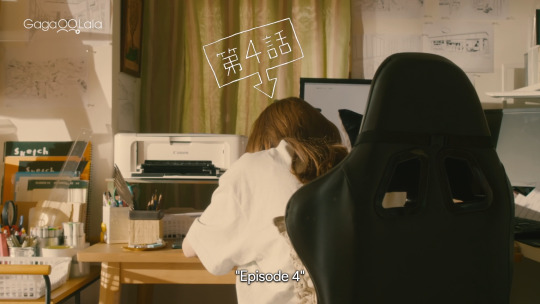
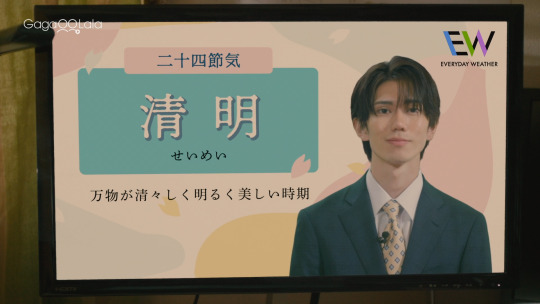
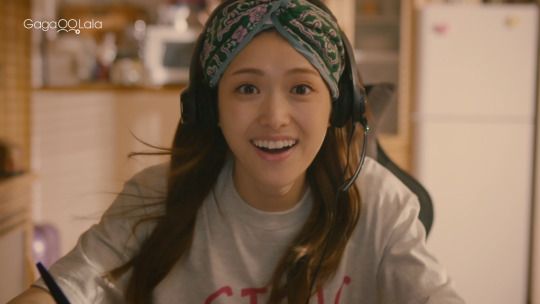
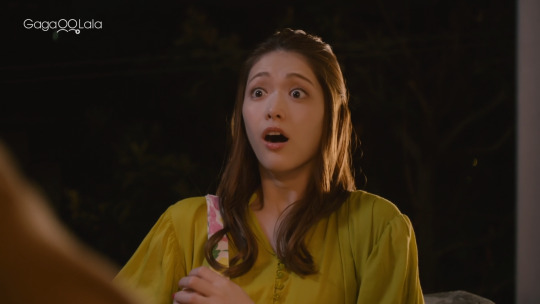
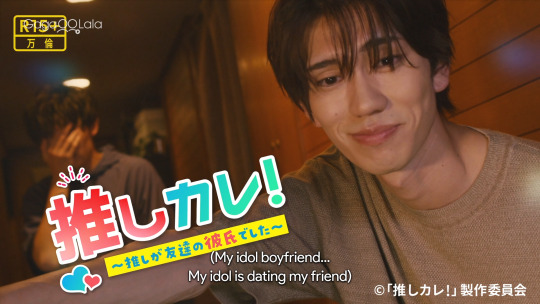
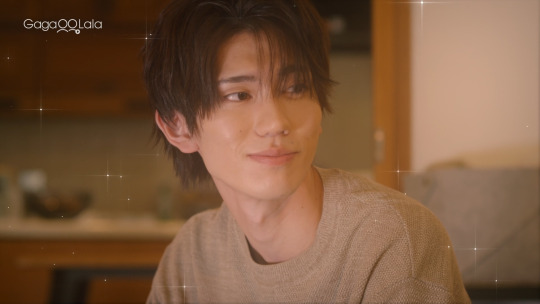
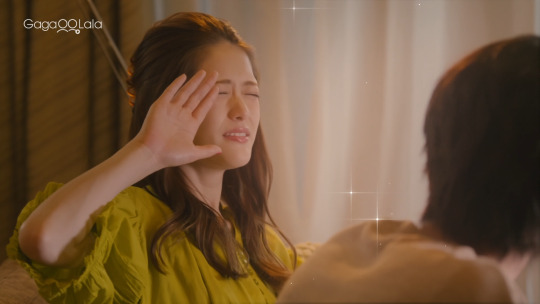
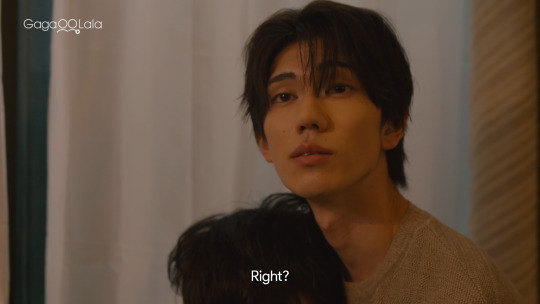

EPISODE 4

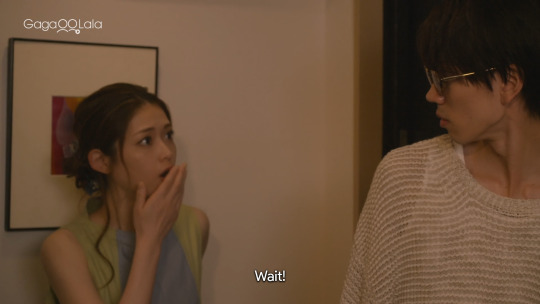
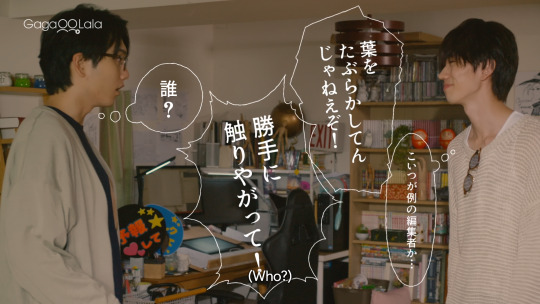
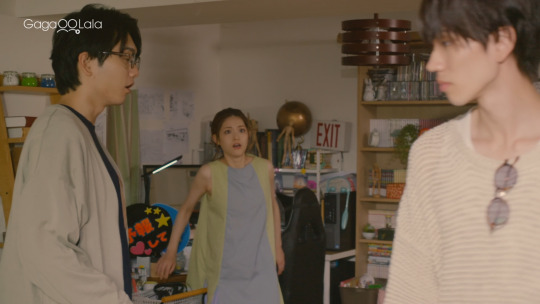
EPISODE 6
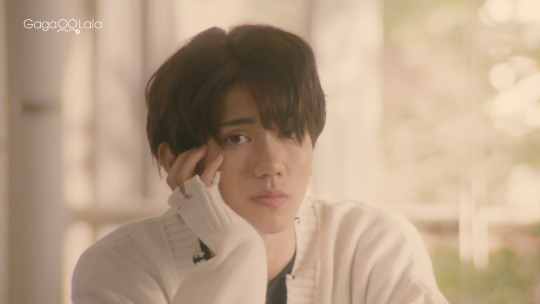
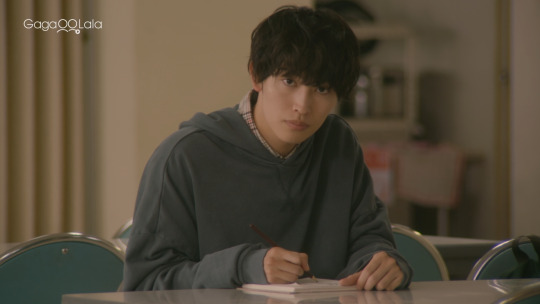
BONUS
52 notes
·
View notes
Text

@ranchthoughts this is what I hope to inspire in all my fic readers <3
3 notes
·
View notes
Text
friendships will have you searching up things you've never before in your life. such as sports matches. winnipeg jets what are you doing
7 notes
·
View notes
Text



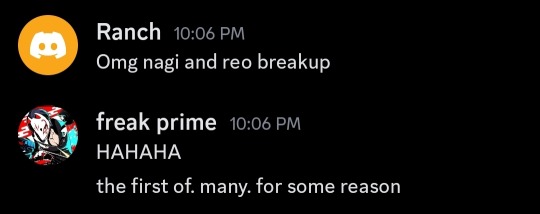



genuinely so happy @ranchthoughts started reading blue lock. they're literally so correct and funny
9 notes
·
View notes
Photo

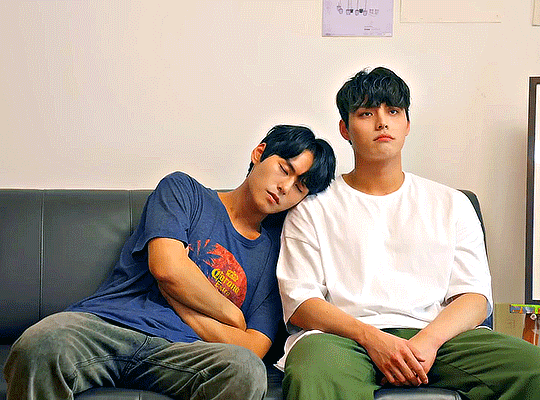
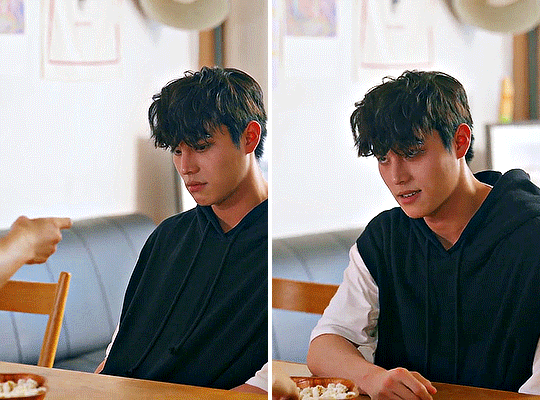
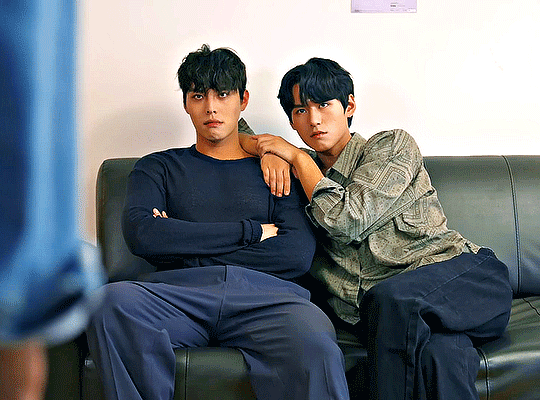

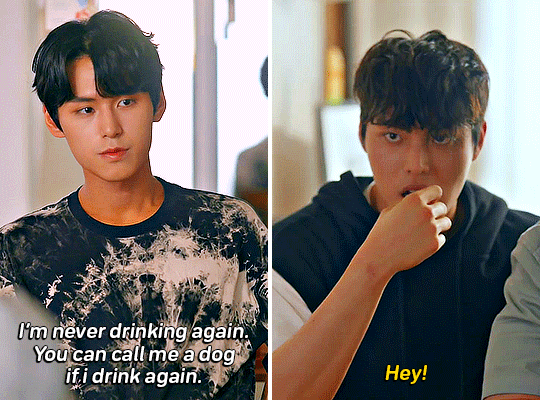
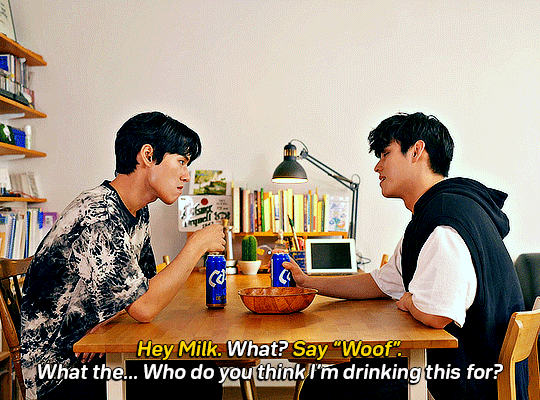
Milk & Choco
CHOCO MILK SHAKE (2022)
743 notes
·
View notes
Text
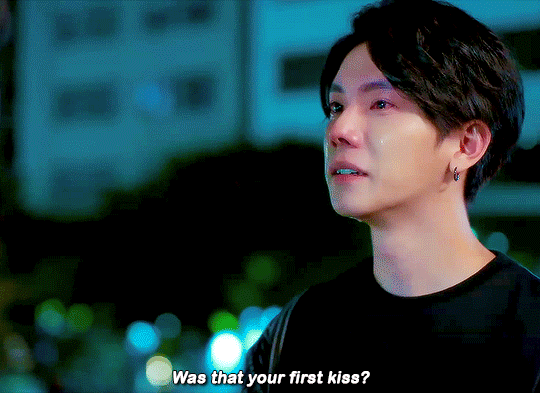
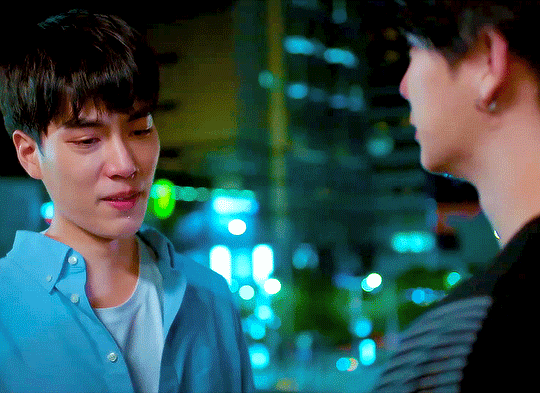

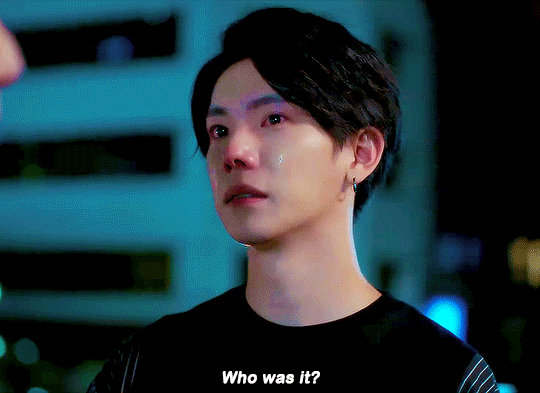
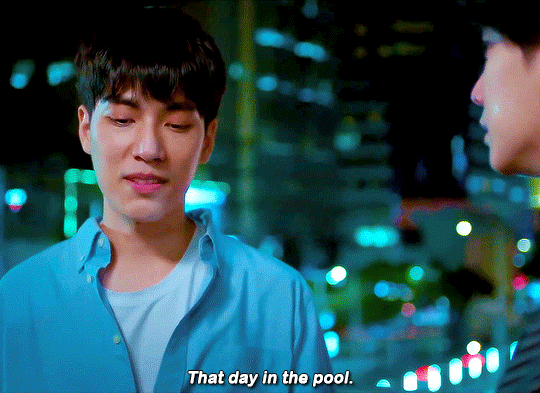
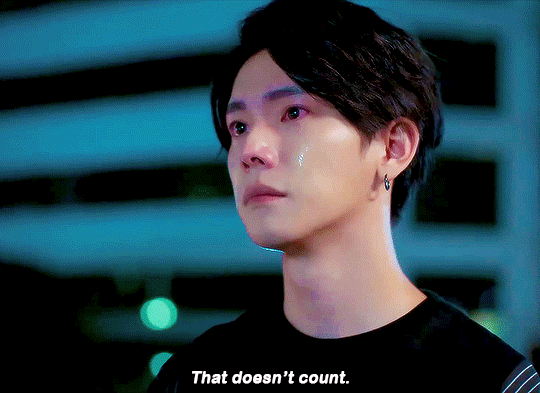
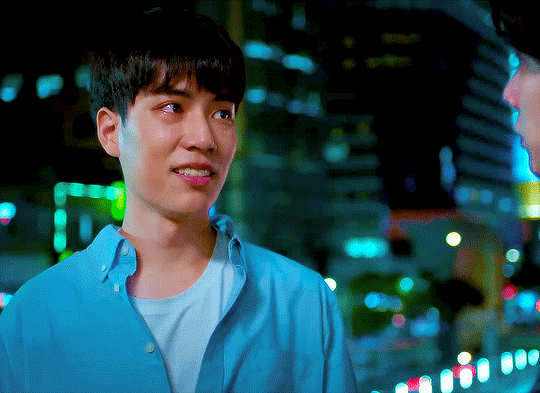
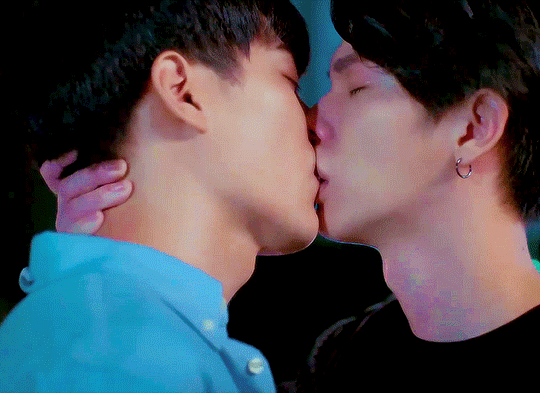
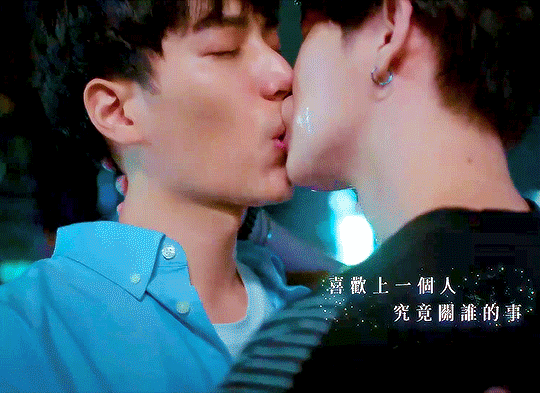
WE BEST LOVE: NO.1 FOR YOU (2021) dir. ray jiang
2K notes
·
View notes
